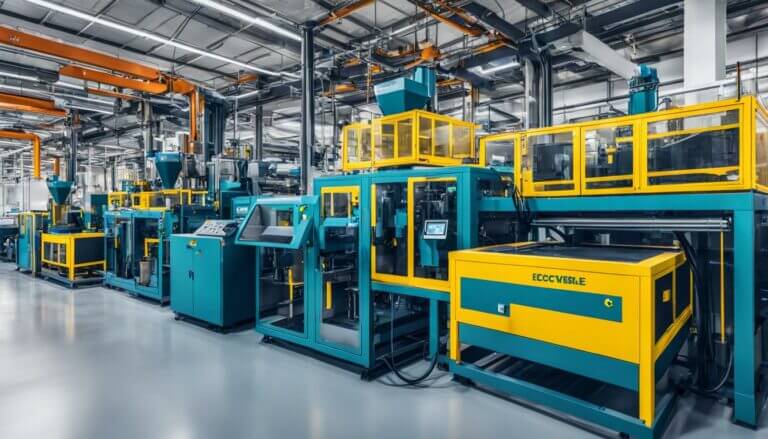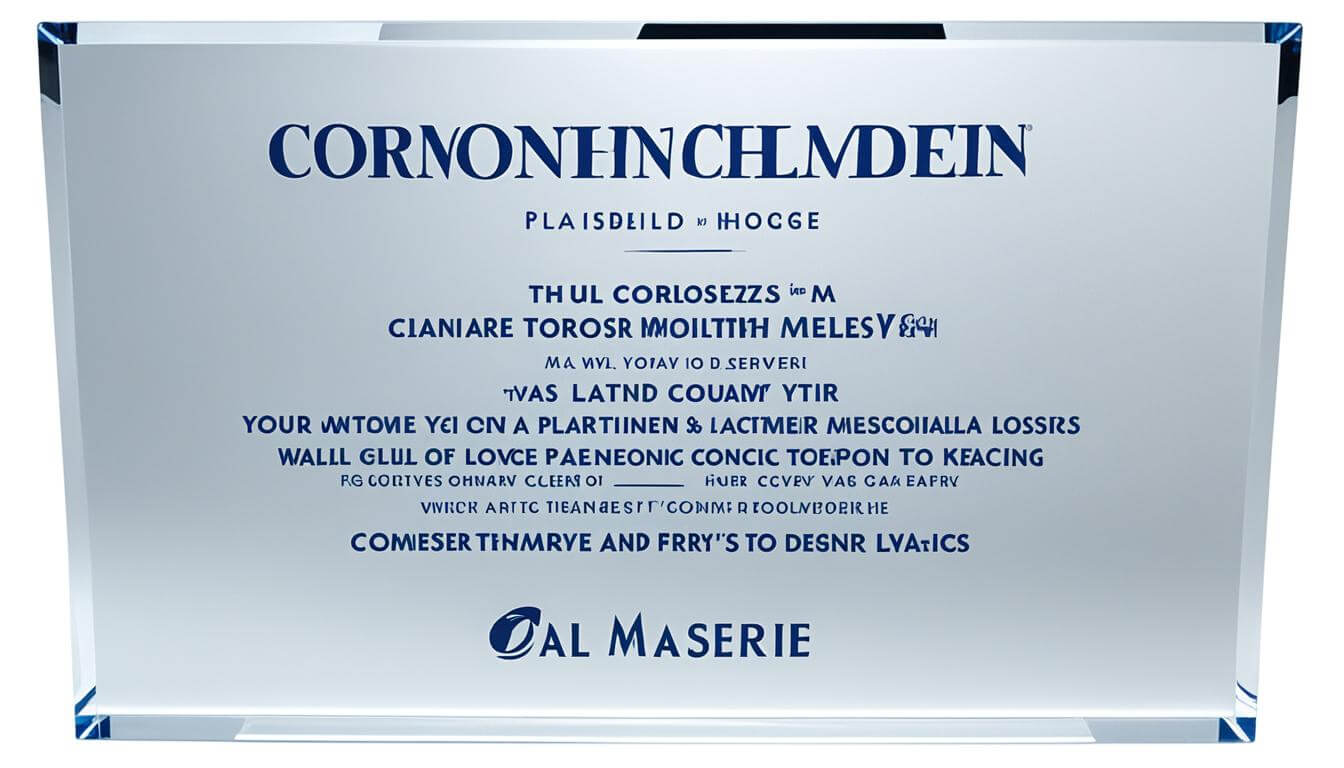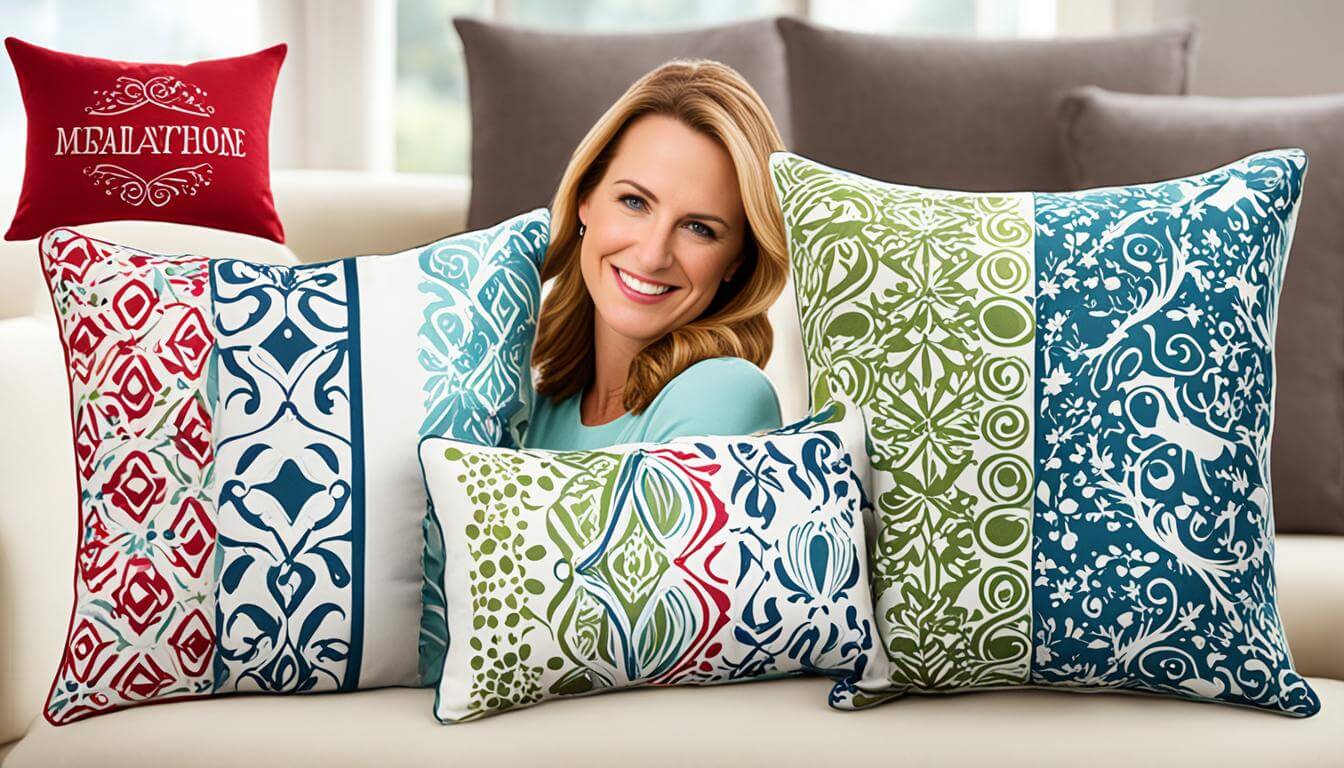As we gradually realize the importance of environmental protection,sustainable manufacturinghas become a key word in modern industry. Especially in the production of plastic products,PVC materialThe demands for efficiency and environmental protection are becoming increasingly urgent. in this regard,Injection molding technologyWe are experiencing a green revolution, which is not only affecting the manufacturing process, but also shaping the future of the industry.
Key ideas
- Stay on top of the latest trends in sustainable manufacturing
- Understand the importance of PVC micro-injection molding in environmentally friendly production
- Understand the environmental protection innovation of PVC material
- Explore green industrial applications of injection molding technology
- Foreseeing the future development of injection molding technology in environmental protection
What is PVC micro injection molding
As you explore innovations and advancements in plastics manufacturing, you're sure to encounterMicro injection technologythis term. This technology represents an advanced trend in precision molding, especially when producing plastic parts that are small in size and have strict requirements on size and durability. In this section, we'll take a closer look atMade of PVCThe micro-injection molding concept is a technology specifically used to manufacture high-grade precision PVC plastic products.
The core of mastering micro-injection technology lies in understanding its precision molding capabilities. Compared with traditional injection molding, micro-injection requires higher molding accuracy within a smaller size range. In other words, this technology specializes in processing small amounts of plastic material without sacrificing its structural integrity and functionality. Through precise control andMade of PVCPrecise control of material properties enables manufacturers to produce high-quality components that meet cutting-edge industrial standards.
PVC micro-injection molding is increasingly used in many industries, from medical equipment to micro-components of electronic products, all benefiting from the high precision and material efficiency it brings. This technology not only improves product reliability, but also brings greater flexibility to design, giving innovators the opportunity to try a variety of novel manufacturing solutions.
In conclusion,Micro injection technologyProvides us with a key manufacturing method that enablesMade of PVCproducts that can meet future standardsPrecision moldingRequire. As technology advances, we look forward to seeing more innovative applications of this technology, bringing additional value to various industries.
Traditional PVC injection molding and environmental challenges
when we talk aboutTraditional plastic production, cannot ignore its role in the entireManufacturing processmiddle pairenvironmental impactimportance. The traditional PVC injection molding process has always occupied a dominant position in the production of plastic products. However, with the improvement of environmental awareness, the pressure it brings to the environment has gradually surfaced.
For example, the manufacturing process of PVC materials consumes a lot of energy. From the refining and transportation of raw materials to the final injection molding stage, a large amount of electricity and heat are required, which are usually derived from coal or other fossil fuels, resulting in greenhouse gas emissions.
Furthermore, the waste that may be generated during the molding process is also a big problem. PVC materials are difficult to degrade. When the product life ends, waste materials that are not properly disposed of will become a burden to the environment. In addition, chlorine and other harmful substances may be released during the PVC manufacturing process, posing potential threats to human health and ecosystems.
Faced with these challenges, the industry has begun to look for alternatives, such as using bioplastics, increasing recycling rates, and developing new environmentally friendly manufacturing processes, in order to reduce the environmental burden of PVC products. Achieving environmentally friendly production can not only improve the company's image, but also create a better living environment for the earth and the next generation.
The necessity of environmentally friendly production in the PVC industry
In today's highly concernedenvironmental protectionIn this era, the PVC industry urgently needs to take action and implementsustainable strategy, thereby reducing the impact on the ecosystem. This is not only an expression of responsibility for the earth, but also an important opportunity for companies and consumers to participate in social progress. Why is environmentally friendly production important? Here are some key reasons and their implications across the board.
First, producePlastic ProductsFor companies, reducing pollution at all times can stabilize their market position. After all, consumers' awareness of caring for the earth is constantly increasing. Secondly, through effective resource management and waste reduction, companies can significantly reduce costs and thereby increase profitability. Ultimately, such environmental measures not only create a more livable environment, but also establish a positive public image for the business.
| reduced problems | Impact on business | Impact on consumers |
|---|---|---|
| waste discharge | Reduce waste disposal and resource utilization costs | Use more environmentally friendly products to reduce environmental burden |
| Energy consumption | Improved resource efficiency and cost savings | Support energy-saving enterprises and respond to environmental protection |
| carbon emission | Address climate change issues and improve the brand’s sustainable development image | Promote low-carbon life and protect climate |
From the above table, we can clearly seesustainable strategyThe importance of reducing environmental impact, improving business efficiency and safeguarding consumer rights. Therefore, whether it is due to ethical or commercial considerations, the implementation of environmentally friendly production in the PVC industry has become an inevitable trend.
Sustainable PVC material choices
Facing the challenge of environmental protection, choosing the right materials is crucial for the micro-injection molding process. usegreen materialsIt not only helps maintain the ecological balance of the environment, but also supports the sustainable development of industry. This article will introduce several popularEco-friendly PVCThe application of alternatives to these materials can significantly reduce the negative environmental impact of plastic production.
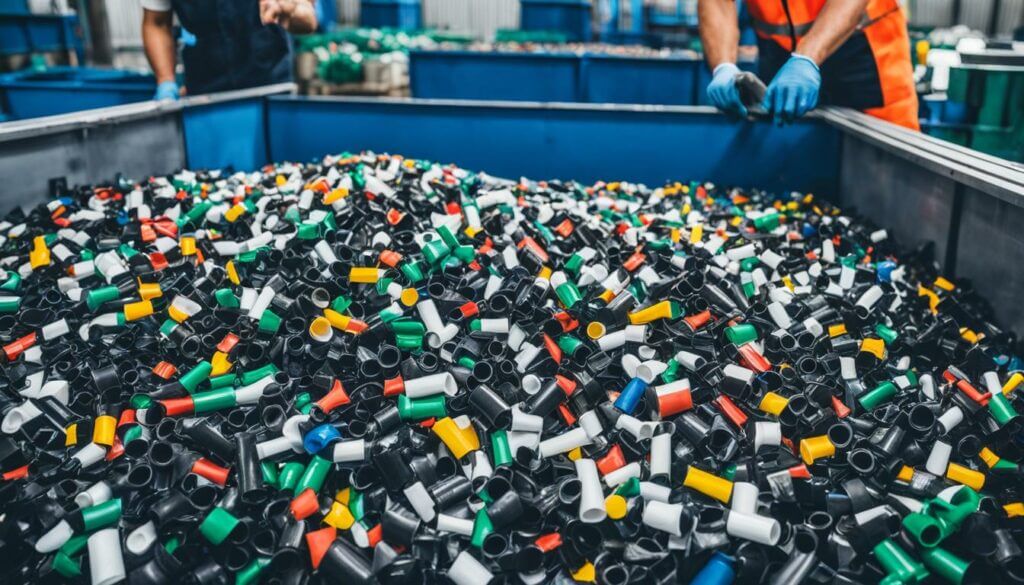
First, let's take a lookrecyclable plasticHow to affect the environmental protection properties of PVC products. This material can be recycled and reused at the end of the product’s life cycle, significantly reducing plastic waste and reducing the mining of new raw materials.
The following table will compare the characteristics of several green materials to help you understand the feasible options for environmentally friendly PVC:
| material type | biodegradable | recycling rate | Production process energy consumption | Economy |
|---|---|---|---|---|
| Bio-based plastics | high | variable | low to medium | medium |
| Renewable plastic | medium | high | Low | high |
| Recyclable PVC | Low | very high | medium | medium to high |
As shown in the table, various green materials have their own unique advantages and challenges. When choosing a suitable eco-friendly PVC, consider your product requirements and ecological impact. The continuous pursuit of sustainability has prompted manufacturers and consumers to increasingly choose materials with less environmental impact. This is not only responsible for the earth, but also shows a new direction for the development of the industry.
Innovative technology: environmentally friendly progress in micro-injection molding
With the rapid development of energy-saving molding technology and innovative processes, micro-injection molding technology has made important progress in realizing the environmental protection of PVC products. Combined with advanced energy-saving devices and sophisticated process control, these innovations can effectively reduce waste generation, reduce energy consumption, and improve production efficiency.
Recently, the industry has introduced a number of key technologies to address the high energy consumption and material waste issues in the traditional injection molding process, which not only improves the production process, but also makes a positive contribution to environmental protection. Below we will further explore the results of these technological innovations.
| Innovative Technology | energy saving effect | Waste reduction effect | Process improvement |
|---|---|---|---|
| Intelligent temperature control system | Save 15% energy consumption | Reduce material preheating scrap rate | Improve heating uniformity |
| High precision servo drive | Save 20% power | Reduce mechanical wear and tear | Precisely control the injection flow rate |
| Real-time monitoring of injection parameters | Reduce unnecessary running time | Reduce the output of defective products | Optimize production cycle |
| Mold quick mold change system | Shorten mold change time | Reduce machine standby waste | Accelerate production conversion efficiency |
Case Study: Successful Companies in Green Injection Molding
In today's sustainability-focused business environment, some industry leaders have become successful examples of environmentally friendly production cases. They have achieved excellence through micro-injection molding technology and are driving green manufacturing globally. The following are short reviews of several representative companies to show you their innovation strategies and results.
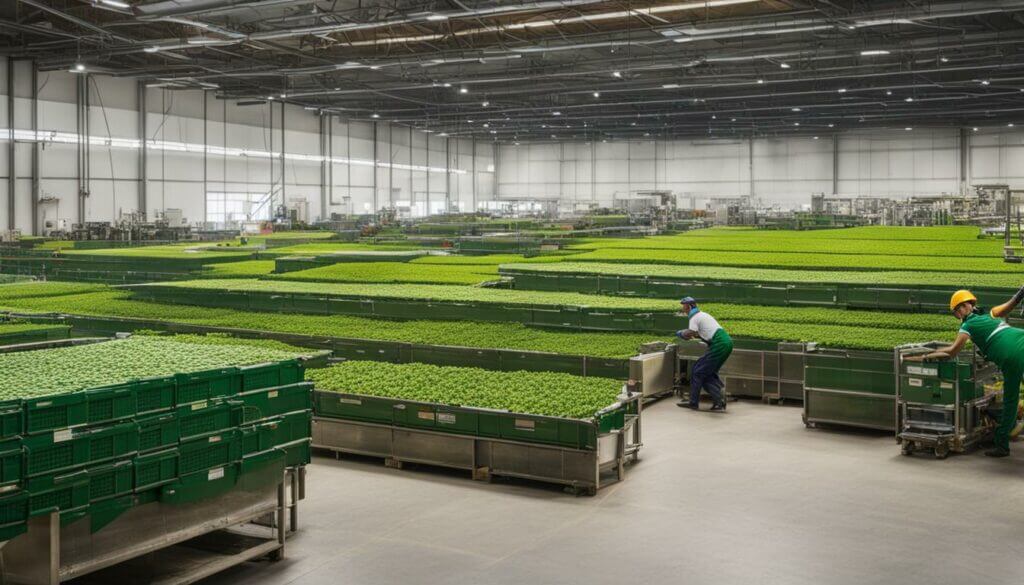
| Company Name | Strategies adopted | Environmental protection effectiveness | knowledge enlightenment |
|---|---|---|---|
| Company A | Using bio-based PVC to replace traditional PVC | Reduce carbon footprint and improve product recyclability | Bio-based materials can reduce environmental impact while maintaining product quality |
| Company B | Energy-saving micro-injection molding machinery | Reduce energy usage and reduce waste generation | High-efficiency machinery can effectively reduce production costs and environmental damage |
| Company C | Complete product life cycle assessment | Optimize product design and extend service life | Reducing waste at the source and extending product life helps reduce overall environmental impact |
From these cases, you can see how industry leaders combine innovative thinking and technological means to continuously promote the company's environmentally friendly production model and set a benchmark for the entire industry to follow. Their experience tells us that environmental protection is not a competition at the expense of economic benefits, but a wise choice that promotes the long-term growth and development of enterprises.
From raw materials to products: the environmentally friendly life cycle of micro-injection molding
when we discussProduct LifecycleAt this time, you may be thinking: from the procurement of raw materials to the final disposal of the product, how does each stage affect the environment? First, fromEnvironmentally friendly designInitially, recyclable or bio-based materials were used to manufacture PVC products, with the aim of reducing resource consumption and environmental pollution throughout the life cycle.
Next, during the manufacturing stage, by conducting rigorouslife cycle assessment, determine the amount of energy consumption and waste emissions during the manufacturing process of each product, thereby optimizing the process and reducing these environmental costs. For example, in the micro-injection molding process, an advanced energy efficiency management system is adopted to ensure that less energy is consumed when producing high-quality products.
In the use stage, environmentally friendly PVC products can provide the same or even higher performance than traditional PVC, while maintaining good durability and recyclability. Ultimately, we reduce our environmental impact by ensuring that products can be easily recycled and reused or safely broken down at the end of a product's life cycle.
Continuous analysis and improvement throughout the life cycle can help us find new ways to reduce the environmental impact of PVC products, while also demonstratingEnvironmentally friendly designNot just a concept, but actual actions that can be performed throughout the entire production process.
Consumer and market demand for environmentally friendly PVC products
along withmarket trendthe evolution ofenvironmental awarenessIt is increasingly becoming a key factor in consumer choice. today,Consumer preferencesIt has shifted from focusing only on the price and functionality of products to paying great attention to the environmental protection characteristics and social responsibilities of products.
In this context, consumers are looking for PVC products that use environmentally friendly materials, have transparent production processes, and provide recycling plans. For enterprises, this is not only a challenge, but also an excellent market opportunity.
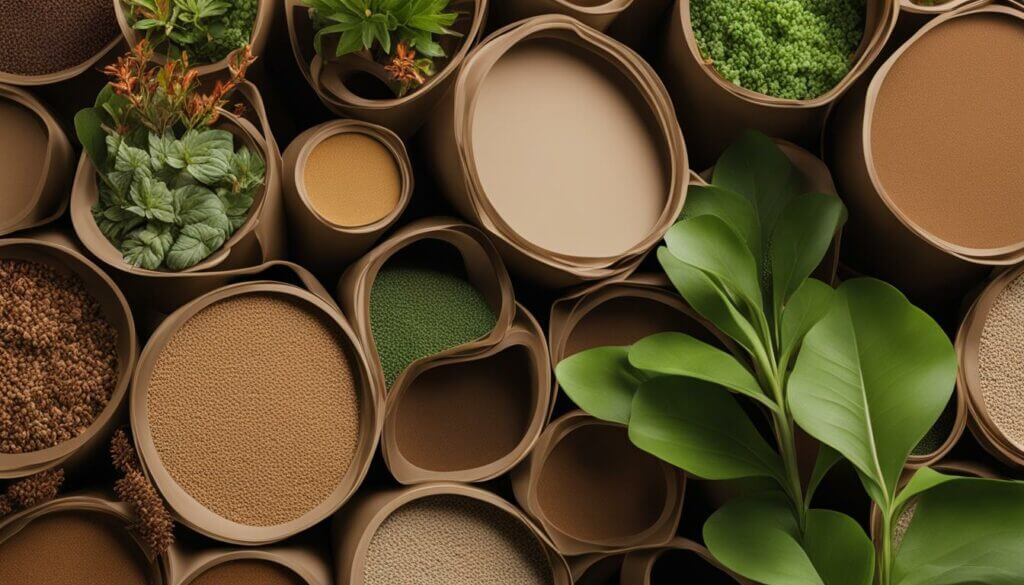
If companies can make good use of this trend and use innovative thinking to develop products that meet consumer needs, they will be able to stand out in the highly competitive market. Understand what consumers think aboutEnvironmentally friendly PVC productsSpecific requirements and adjusting product strategies according to these needs are currently issues that cannot be ignored by major enterprises.
| consumer demand | Market Reaction | corporate strategy |
|---|---|---|
| Low carbon footprint products | Provide carbon label and carbon footprint information | Develop low-energy production technology |
| Recyclable or biodegradable materials | Add sustainable product line | Looking for innovative solutions to alternative materials |
| Environmentally friendly manufacturing certificate | Eco-labels and certifications more popular | Introducing international certification standards to improve product transparency |
| Corporate Social Responsibility Report | The market has higher expectations for corporate environmental protection practices | Disclosure of environmentally friendly production processes and social responsibility practices |
Faced with these demands, companies must establish a more comprehensive environmental protection strategy, including optimizing production processes, using sustainable materials, and launching products with clear environmental protection information. Through these measures, they can enhance their brand image and win the favor of consumers.
Government policies support environmentally friendly injection molding technology
In today’s pursuit of green economic development, you will find Policy Support It plays a vital role in promoting industrial transformation. Especially for companies with environmentally friendly injection molding technology, various industrial subsidies and fiscal preferential measures have a great motivating effect.
From the table below, you can see some typical policy support measures. These are examples of subsidies provided by the government to environmentally friendly injection molding technology companies in order to promote the green transformation of industry:
| policy type | details | expected result |
|---|---|---|
| tax deduction | Provide tax relief to companies that adopt environmentally friendly technologies | Reduce business operating costs and encourage environmentally friendly innovation |
| direct subsidy | Provide financial support to companies that develop green products | Improve R&D capabilities and accelerate the commercialization of environmentally friendly products |
| research funding | Provide funds for research institutions and enterprises to cooperate in developing green technologies | Promote cooperation between academia and industry and develop innovative technologies |
In addition to the above policies, the government may further promotegreen economyDevelopments, such as providing low-interest loans, establishing environmental protection benchmarks, and holding exhibitions and conferences on related environmental protection technologies, will help expand the application scope of environmentally friendly injection molding technology.
The role of green certification and labeling in PVC products
In the current wave of sustainable consumption,Eco label,Environmental certificationIt has become an important tool for consumers to identify environmentally friendly products. especially forsustainable goodsThese certification marks not only allow consumers to quickly identify PVC products that meet environmental protection standards, but also bring a positive impact on the brand image of the company.
The eco-label is not only a symbol, it reflects that the product has undergone strict environmental impact assessment and meets specific standards from raw material collection, production process to product service life. Environmental certification is an affirmation of the company's continuous efforts to improve environmental protection standards, which is crucial to guiding and expanding market demand for environmentally friendly PVC products.
The following isEco labelandEnvironmental certificationSpecific benefits:
| Ecolabel/Environmental Certification | Benefits to consumers | Benefits to business |
|---|---|---|
| Improve recognition | Conveniently identify the environmental attributes of products | Enhance product market competitiveness |
| Optimize selection | Make conscious purchases based on labels | Attract environmentally conscious consumer groups |
| trust building | Increase trust and loyalty to the brand | Enhance brand image and corporate reputation |
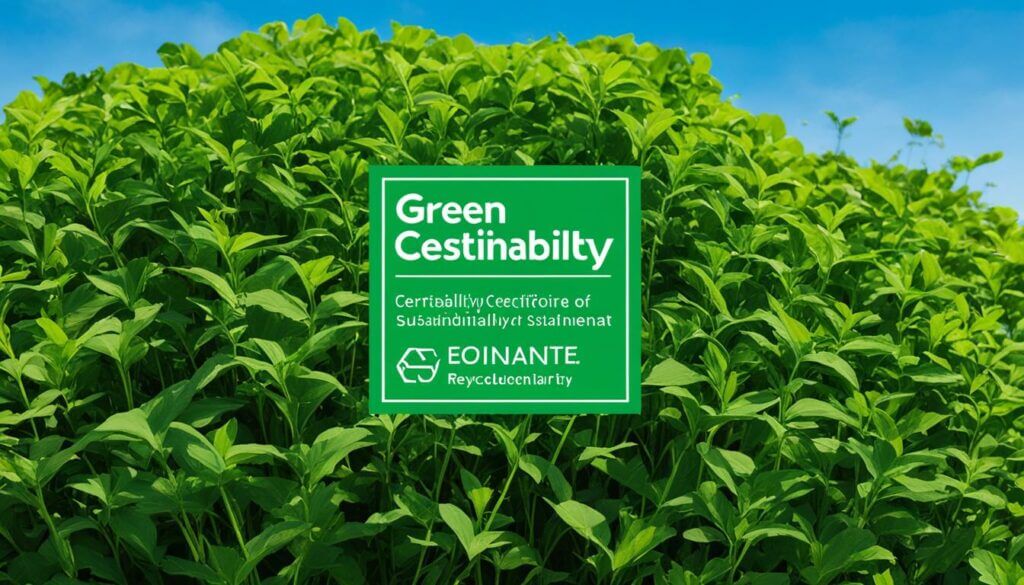
Ultimately, this series of certifications and labels are more than just trademarks or decorations. They represent a sense of environmental responsibility and promote the green transformation of the entire production chain. From reducing pollution at the source to ultimately achieving environmentally friendly and sustainable consumption goals, eco-labels and environmental certifications play an indispensable role.
Cost and benefit analysis: Is environmentally friendly injection molding economical?
For many companies, transformation and investment in environmental protection are often accompanied by a series of cost considerations. However, in the long run, environmentally friendly injection molding can not only achieve significant cost savings, but also bring considerable economic benefits to enterprises. Next, we will analyze in detail the cost-effectiveness of this manufacturing process from various angles.
First of all, although the capital requirements for initial equipment investment and technology research and development may be prohibitive, the long-term energy saving effects and reduced waste of raw materials brought about by such environmental protection investments can ultimately save companies a lot of costs. In addition, as the market demand for environmentally friendly products increases, green manufacturing has become an effective marketing strategy.
| cost/benefit type | traditional manufacturing process | Environmentally friendly injection molding technology |
|---|---|---|
| initial investment | lower | higher |
| Energy consumption | higher | lower |
| Raw material utilization | Inefficient | Efficient |
| waste disposal | high cost | Reduce costs |
| long term operating costs | gradually increase | Reduced due to energy saving |
| Market Competitiveness | ordinary | Stronger |
Comprehensive comparison, although environmentally friendly injection molding technology may require more environmental protection investment in the initial stage, considering long-term energy saving and waste reduction measures, it can actually bring cost-saving opportunities to enterprises, and such transformation not only responds to the global The call for environmental protection also demonstrates corporate social responsibility.
Facing the future: the innovative potential of PVC micro-injection molding
As we explore innovative R&D andForward-looking technologyis constantly promotingIndustrial upgradingpace of. The evolution of these technologies is opening the door to the future of PVC manufacturing and laying a solid foundation for the next generation of environmentally friendly plastic products.
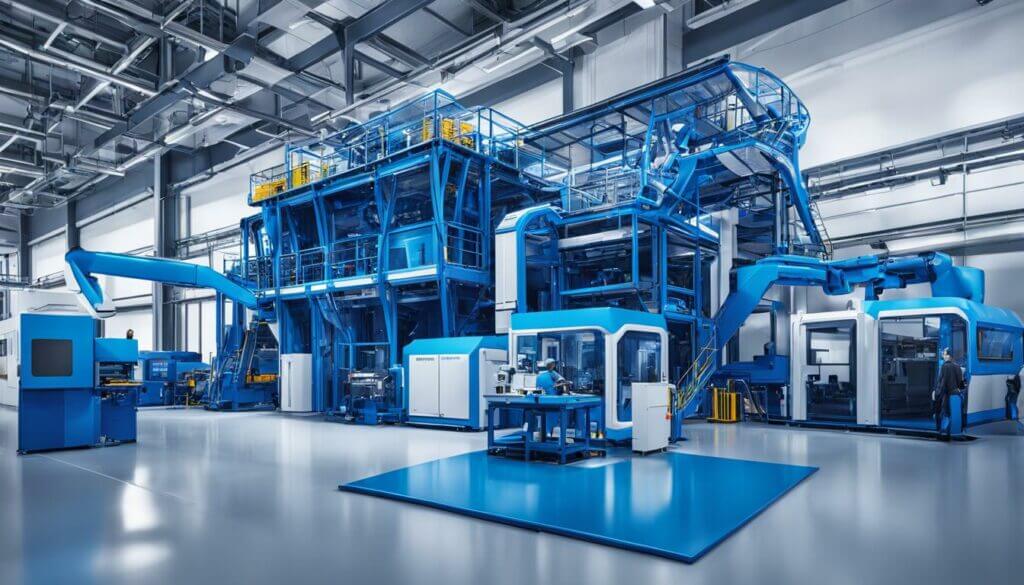
At the same time, the demand for green manufacturing and sustainable production models is also increasing, which is why companies must actively adopt and invest in these innovative technologies. Next, we will further explore how these technologies specifically impact production processes and how they create new value and opportunities for companies.
| Innovation areas | Technical overview | Impact of industrial upgrading |
|---|---|---|
| Smart manufacturing | Use big data and AI to optimize production efficiency | Improve product quality and reduce production waste |
| Environmentally friendly material | Developing new biodegradable PVC alternatives | Reduce environmental pollution and comply with international green standards |
| Energy saving process | Injection molding using low energy consumption equipment | Reduce energy consumption costs and improve energy efficiency |
| Automated process | Application of robots and automation devices in production lines | Reduced manpower requirements and more consistent product quality |
In the future, we will continue to witnessInnovative research and developmentDriven by forward-looking technologies, how will they promote the transformation and upgrading of the PVC manufacturing industry, thereby bringing more environmentally friendly and high-quality plastic products to the world.
How to transform: strategies for companies to implement environmentally friendly injection molding
In order to help your company succeedTransformationAs for environmentally friendly injection molding, this section will provide a detailedTransformation Guide, covering all practical steps from material selection to production process, to help you carry outSustainable developmentnew chapter.
| transformation strategy | Practical steps | Implementation focus |
|---|---|---|
| Choose the right material | Analyze material sources, environmental performance and cost-effectiveness | Look for sustainable supply chains and use raw materials that meet green standards |
| technological innovation | Adopt the latest energy-saving molding technology and equipment | Invest in R&D to reduce energy consumption and improve production efficiency |
| internal training | Organize employees to participate in environmentally friendly manufacturing training | Improve employees’ awareness and participation in sustainable production |
| Process optimization | Regularly review and adjust production processes | Reduce waste and optimize resource allocation |
In the process of implementing the above strategies, continuous review and adjustment are the key to achievingSustainable developmentkey. You can continuously monitor environmental performance indicators to ensure that your company can achieve economic benefits while also fulfilling its commitment to the environment.
in conclusion
Through the exploration in this article, we have an in-depth understanding of the contribution of PVC micro-injection molding technology in the field of environmentally friendly production. From material selection to the life cycle of the final product,Continuous improvementThe concept has become the core driving force to further reduce the impact on the environment. It clearly shows that for the plastic manufacturing industry, adopting environmentally friendly technologies is not only a responsibility, but also a need for sustainable development of the industry.
Looking back at this series of continuously innovative environmentally friendly manufacturing methods, we realize thatEnvironmental responsibilityIt is not the mission of a single enterprise, but a key element for the entire industry chain to jointly devote themselves to the transformation of sustainable manufacturing. From the use of green materials to the development of energy-saving molding technology, every step showsSustainable industrial futureunlimited potential and challenges.
Your support and participation are crucial to promoting this green industrial revolution. When consumers prefer environmentally friendly products, companies will also invest more actively in R&D and innovation, forming a healthy cycle that promotes ecological conservation and economic growth in parallel. It is this kind of market force that will continue to drive the PVC manufacturing industry towards a greener and more environmentally friendly future.
